Here is a new activity idea that is not only fun and engaging but low prep! Let me introduce you to the wonderful world of directed drawing. The great thing about this task is that you don’t have to be artistic or even remotely crafty so bring out your 64 count pack of crayons or even dry erase markers.
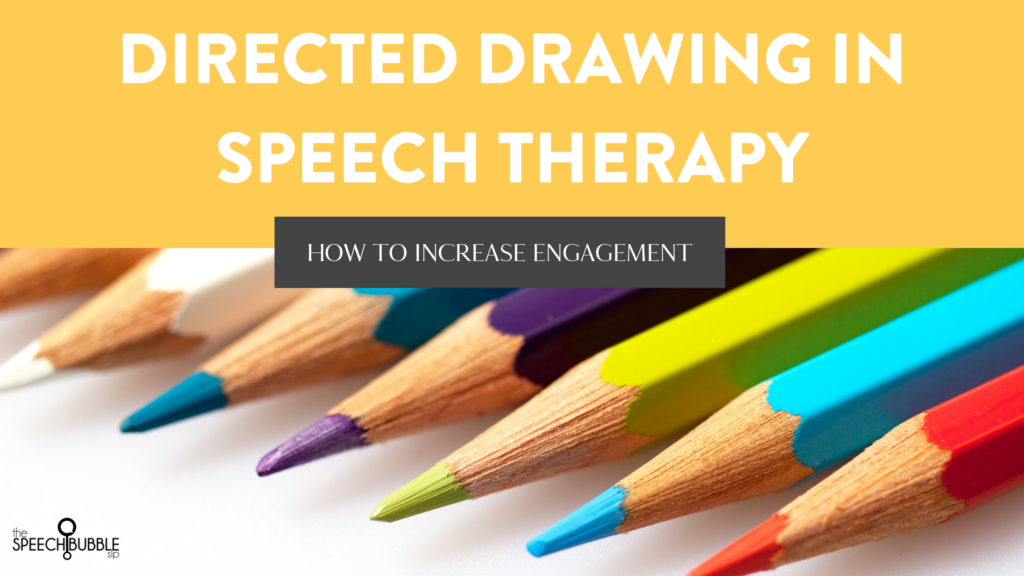
What is directed drawing? Directed drawing is the process of drawing a picture by teaching and modeling using a step-by-step approach. This can be led by the speech-language pathologist, the student, or you can even find a tutorial on Youtube. In this activity, the students are guided and directed through each step. They are told where and how to make the next mark or line in their picture.
During this project, everyone is listening to the same instructions but all the drawings are going to be different once the students make it their own. So, allow them to be inspired and explore. Directed drawing is a multisensory activity that promotes mindfulness, confidence, and empowerment. It’s a task that demands our students’ attention, making it engaging and enjoyable. It activates more than one sensory system in the brain which provides our students multiple ways to learn and understand information as well as promoting better retention and faster memory recall (Shams, 2008). This activity is ideal for individual or group sessions. It perfectly accommodates all our students’ different learning styles.
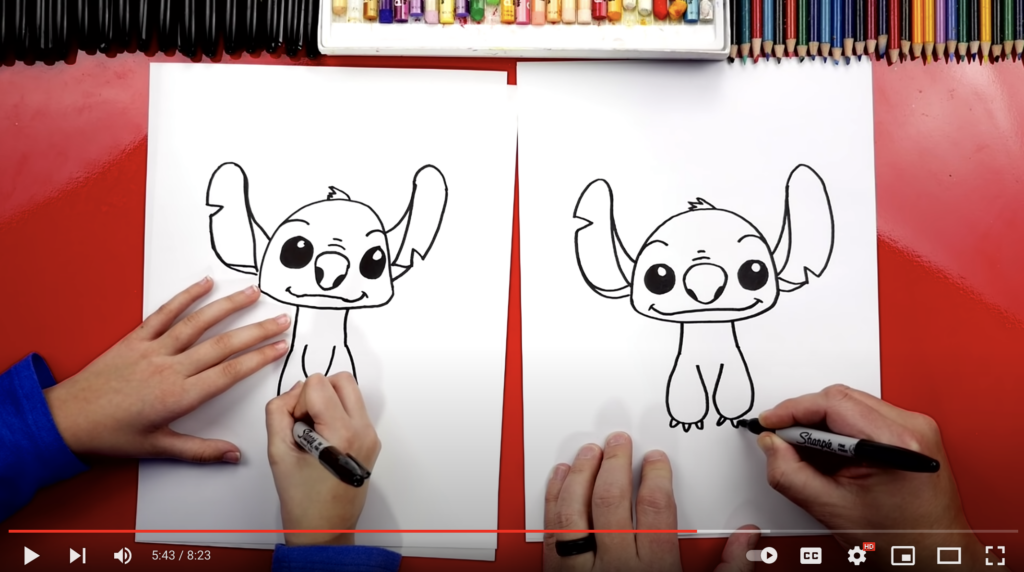
Now how in the world do we connect this to our students’ goals? This creative project is ideal for targeting listening comprehension, basic concepts, and following directions. Your student will find out quickly that if they aren’t following the directions then their drawing isn’t going to look like it’s supposed to.
Directed drawing can be connected to a theme or a story that you are focusing on. You can also incorporate a writing prompt with it. I would recommend drawing the picture with the students first and then do the writing prompt. This way, the picture that they have drawn will help guide their writing. If you need some insight on why and how you can incorporate more writing activities into your own therapy session, click here!

Resources:
Clark, J. M. and Paivio, A. (1991). Dual coding theory and education. Educ. Psychol. 37, 250-263
Shams, L., & Seitz, A. R. (2008). Benefits of multisensory learning. Trends in cognitive sciences, 12(11), 411–417. https://doi.org/10.1016/j.tics.2008.07.006
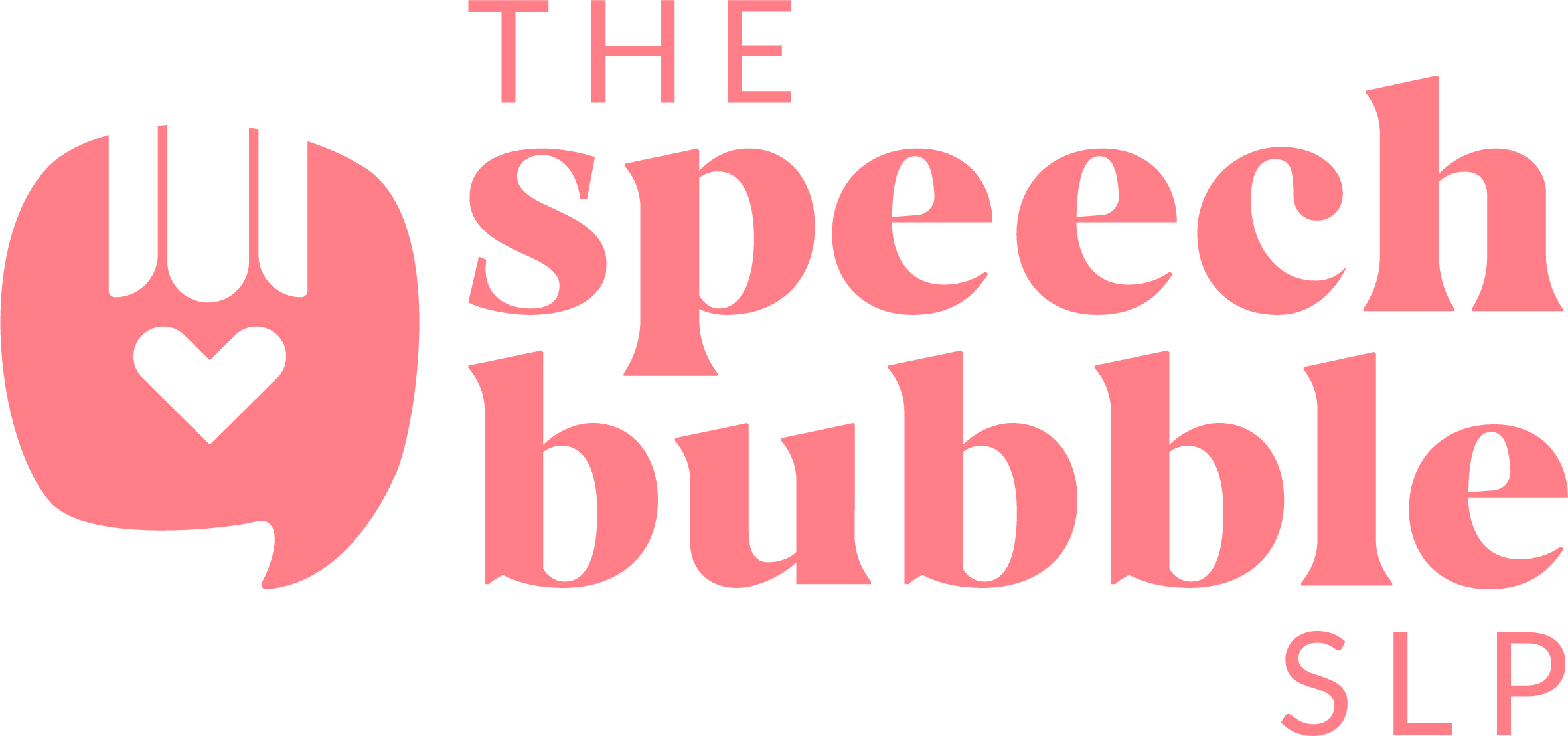
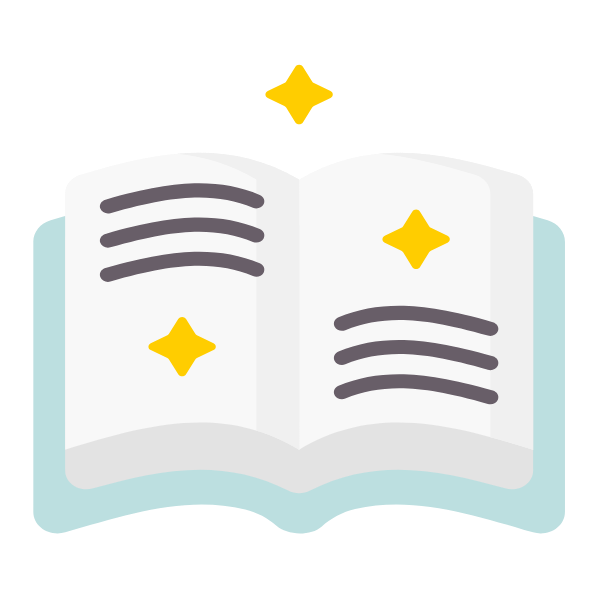


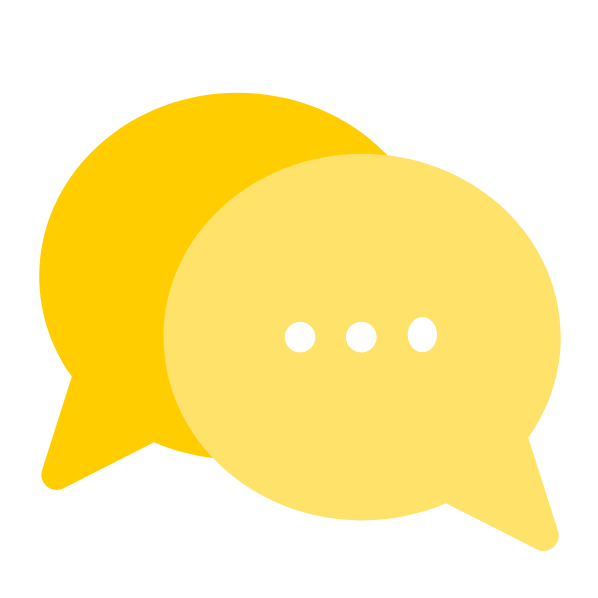


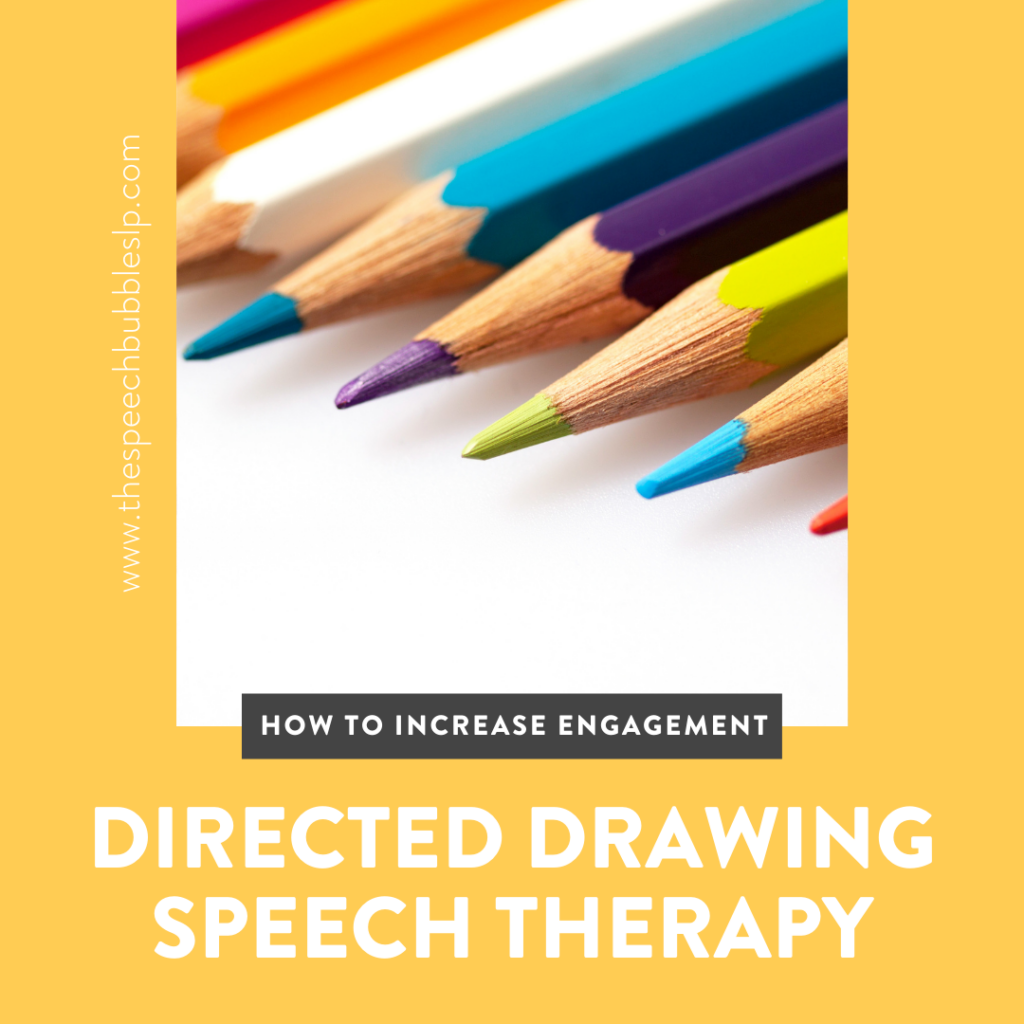
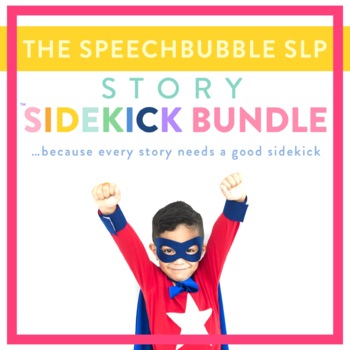








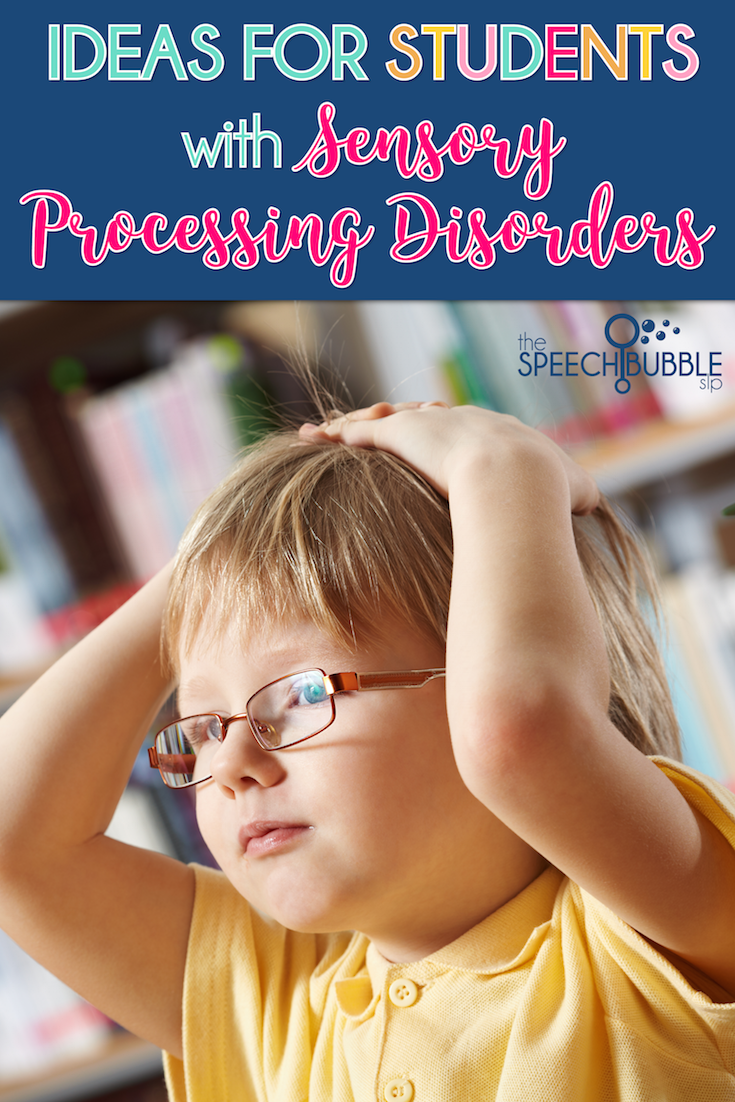

2 Responses
Kids would really enjoy this activity, and Vocabulary development can’t help but happen. Another idea along this same theme of multi-sensory engagement is to have students write or dictate directions to familiar school or building areas, then draw a rudimentary map. I used this with middle schoolers and we ended up in sone unexpected places.